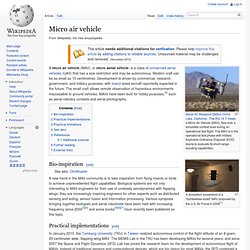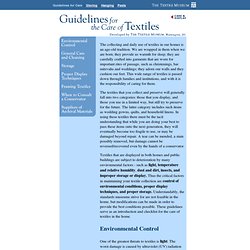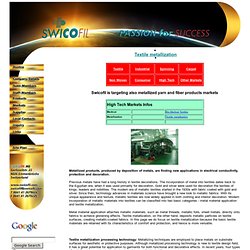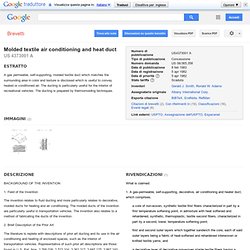

Bridge Strength additive. CFRP : ^ductility, resistance. Wrapping fiber strength. Appliances. SPORTS. In Firearms & radio controlled vehicles. Aerospace. Micro air vehicle. Naval Air Weapons Station China Lake, California - The RQ-16 T-Hawk, a Micro Air Vehicle (MAV), flies over a simulated combat area during an operational test flight.

The MAV is in the operational test phase with military Explosive Ordnance Disposal (EOD) teams to evaluate its short-range scouting capabilities. A simulation screenshot of a "bumblebee-sized" MAV proposed by the U.S. Air Force in 2008[1] A micro air vehicle (MAV), or micro aerial vehicle, is a class of unmanned aerial vehicles (UAV) that has a size restriction and may be autonomous. Modern craft can be as small as 15 centimetres. Bio-inspiration[edit] A new trend in the MAV community is to take inspiration from flying insects or birds to achieve unprecedented flight capabilities. Practical implementations[edit] In January 2010, the Tamkang University (TKU) in Taiwan realized autonomous control of the flight altitude of an 8-gram, 20-centimeter wide, flapping-wing MAV.
Practical limitations[edit] See also[edit] References[edit] MAVSTAR.
BMW/SGL - Carbon Fiber Reinforced Plastic (CFRP) Dr.

Joerg Pohlman, Managing Director of SGL Carbon talked to Lou Ann Hammond, CEO, www.drivingthenation.com about BMW and SGL’s Carbon Fiber Reinforced Plastic (CFRP). SGL uses a different type of Carbon Fiber Reinforced Plastic (CFRP), produced more like creating fabric. Producing carbon fiber has been expensive and complex. It can use a lot of electricity and water to produce. Is there a difference in water and electricity in the way SGL produces their Carbon Fiber Reinforced Plastic (CFRP). The initial production is done in Moses Lake, Washington State, located on the Columbia River, using 100% renewable energy, hydropower. The second production facility is located in the Bavarian town of Wackersdorf, Germany in the BMW Group Innovation Park.
The pieces are sent to Leipzig, Germany to assemble the BMW i3 and BMW i8. The material has a lower net weight than aluminum or steel and is also incredibly resistant.
Temperature control of Textiles. Guidelines for the Care of Textiles. The collecting and daily use of textiles in our homes is an age-old tradition.

We are wrapped in them when we are born; they provide us warmth for sleep; they are carefully crafted into garments that are worn for important rites of passage, such as christenings, bar mitzvahs and weddings; they adorn our walls and they cushion our feet. This wide range of textiles is passed down through families and institutions, and with it is the responsibility of caring for them. The textiles that you collect and preserve will generally fall into two categories: those that you display, and those you use in a limited way, but still try to preserve for the future. The latter category includes such items as wedding gowns, quilts, and household linens. In using these textiles there must be the tacit understanding that while you are doing your best to pass these items onto the next generation, they will eventually become too fragile to use, or may be damaged beyond repair. Environmental Control Storage. S E F A R - Heating fabrics – SEFAR PowerHeat. Mechanisation of textiles and new iron making techniques, The Industrial Revolution, Industrial Revolution - societies and change, SOSE: Economy and Society Year 9, ACT.
Introduction The Industrial Revolution began with technological innovations in textile production and iron-making techniques.

A number of machines were invented to speed up the spinning and weaving process. Before the Industrial Revolution, spinning and weaving was done by hand, a time consuming and costly exercise. Information on textile metallization process. Swicofil is targeting also metallized yarn and fiber products markets Metallized products, produced by deposition of metals, are finding new applications in electrical conductivity, protection and decoration.

Precious metals have had a long history in textile decorations. The incorporation of metal into textiles dates back to the Egyptian era, when it was used primarily for decoration. Patent US4373001 - Molded textile air conditioning and heat duct - Google Patents. 1.

Field of the Invention The invention relates to fluid ducting and more particularly relates to decorative, molded ducts for heating and air conditioning. The molded ducts of the invention are particularly useful in transportation vehicles. The invention also relates to a method of fabricating the ducts of the invention. 2. The literature is replete with descriptions of prior art ducting and its use in the air conditioning and heating of enclosed spaces, such as the interior of transportation vehicles. The ducts of the present invention are advantageous over prior art ducts in that they distribute air more evenly than prior art ducts, thereby reducing unwanted drafts. In many larger recreational vehicles, with permanently installed air conditioners, cool air is distributed along the roof of the vehicle through diffusers or ducts made of a perforated sheet material running down the full length of the interior compartment.
FIG. 3 is a view as in FIG. 2 but after molding.
Reduce weight and frame.